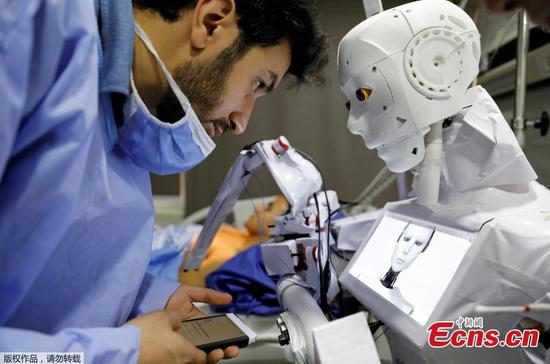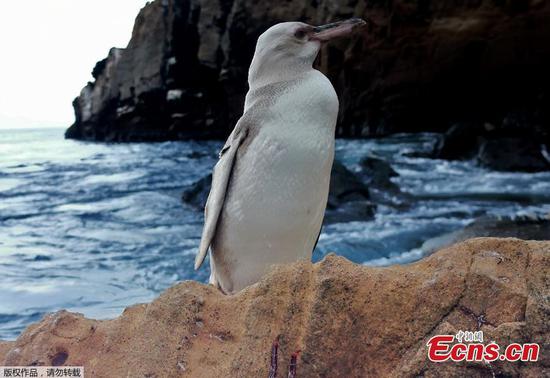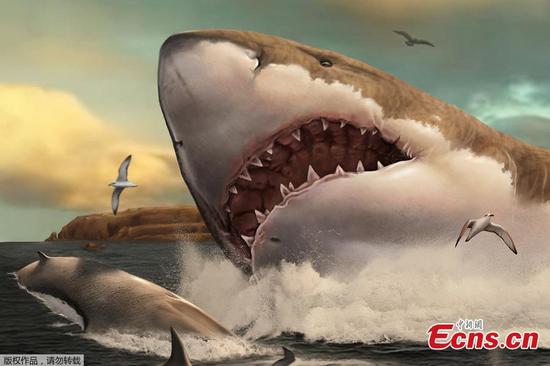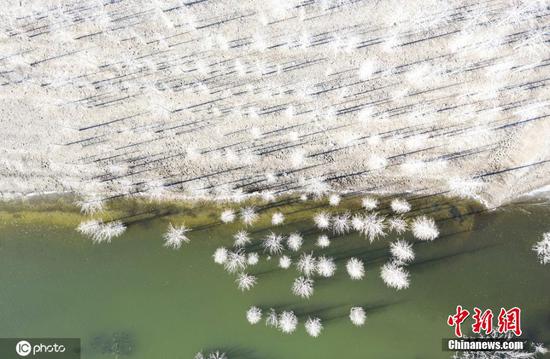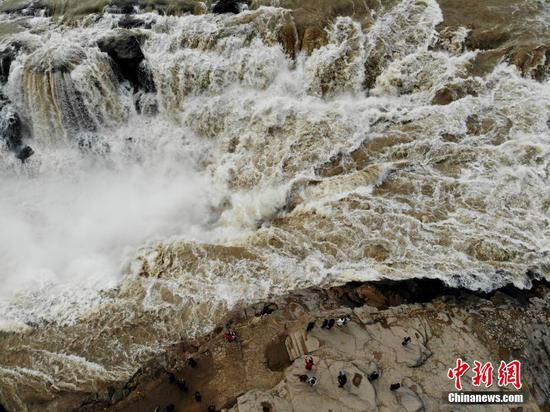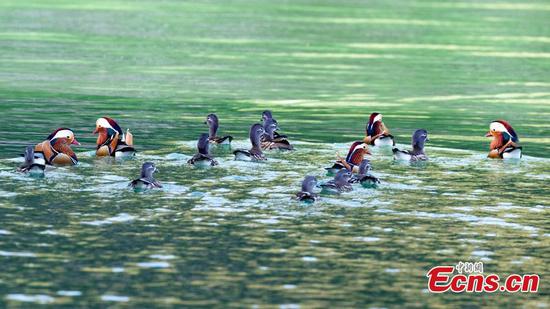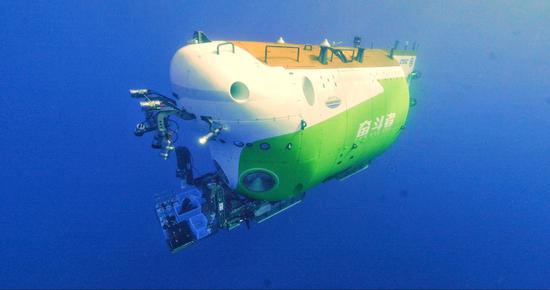
The crew of the scientific research ship Tansuo-1, celebrates on Saturday after China's new deep-sea manned submersible Fendouzhe, or Striver, completed its ocean expedition and returned to a port in Sanya, Hainan province. The submersible set a national record by diving to a depth of 10,909 meters in the Mariana Trench during the expedition.(Photo/China Daily)
For decades, plunging into the ocean's abyss has been a notoriously long and uncomfortable experience. During humanity's first visit to the Challenger Deep in 1960, the two explorers had to curl up inside a steel sphere for nearly five hours just to reach the bottom, and they only stayed for 20 minutes as one of the submersible's outer window panes had cracked.
Canadian filmmaker James Cameron was reported to have practiced yoga for months to increase his flexibility in order to make his 2012 solo descent more bearable.
Conditions improved last year with the advent of DSV Limiting Factor, a two-person submersible that Sullivan and US explorer Victor Vescovo used to make repeated dives to the Challenger Deep.
But Fendouzhe has pushed the boundaries of manned deep-sea exploration by being the world's first and only three-person submersible with full ocean depth surveying capability.
"This is largely due to our breakthroughs in basic materials science and engineering techniques," said Yang Rui, the scientist responsible for creating the vehicle's cabin and a researcher at the Institute of Metal Research of the Chinese Academy of Sciences.
Submersible's cabins are typically spherical because this is the most geometrically symmetrical shape, meaning the water pressure can be distributed evenly across the surface.
However, it is also a tricky shape to work with because increasing its radius can expand the cabin's volume and surface area several-fold, hence the cabin is generally kept very small in order to cut costs, Yang said. Moreover, the bigger the object, the harder it is to ensure its structural integrity, especially at weak points such as windows, the entrance and welding joints.
"Past materials and technologies can no longer suit our mission requirements, we have to push the limits of materials science and create something brand new," he said.
To tackle these issues, Chinese scientists spent years creating a new titanium alloy that is lightweight and has the strength and toughness for the job. They also developed a new welding and manufacturing technique to make the giant titanium sphere, he said.
"When we talk about the localization of parts and components, we mostly refer to making what others had already made via our own efforts," Yang said. "Now, we are truly creating something original and new, and Fendouzhe is full of technologies like this."
'Human touch'
Considering the herculean effort of sending humans deep into the ocean, one may reasonably ask why not just send a robot. Yang Ning, deputy director of the Institute of Deep-Sea Science and Engineering of the Chinese Academy of Sciences, said that the "human touch" is important for underwater exploration.
"The ocean floor is dark and can be very cloudy due to sediment and debris, and cameras sometimes cannot detect things in these situations as effectively as human eyes," he said.
"Moreover, aquanauts with different backgrounds can make insightful observations in real-time, which can detect spot and analyze anomalies that may lead to surprising discoveries."
For example, during a dive in the South China Sea on March 18, the crew of the Shenhai Yongshi submersible picked up what was initially thought to be an unimportant signal. However, Xie Wei, the marine microbiology expert onboard, said it should be investigated, and they were thrilled to find the first recorded whale fall in the region.
A whale fall is a rare event in which the massive carcass of a whale sinks to the ocean floor, providing a sudden concentration of food and shelter for inhabitants of the deep sea. This can form a small ecosystem consisting of 12,490 organisms from over 43 species around the remains, which can last for decades.
Bao Gengsheng, deputy chief designer of Fendouzhe, said the other advantage of a manned submersible is that it can carry far more payload and therefore conduct more complex and diverse experiments at the ocean floor.
"With a human at the helm, the submersible's vision and maneuverability will be stronger, allowing for more consistent and precise operations that are crucial for collecting samples and conducting experiments," he said.











